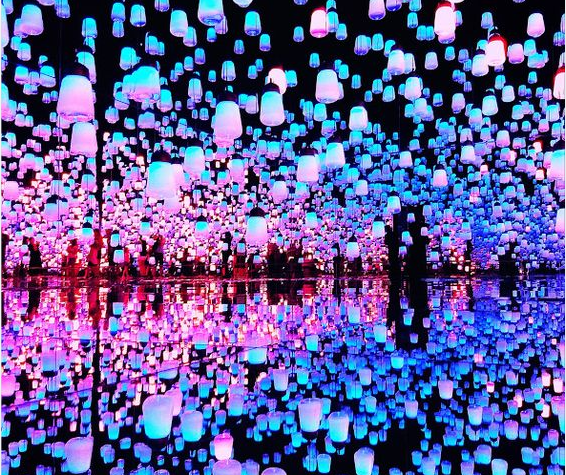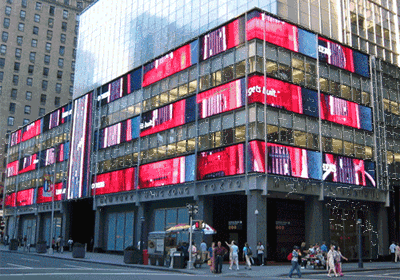Architectural LED displays, also known as LED architectural lighting or LED media facades, are specifically designed to enhance the aesthetics and visual appeal of architectural structures. These displays combine the functionality of LED technology with creative design to transform buildings into dynamic and eye-catching visual canvases.

Here are some key features and characteristics of architectural LED displays.
Customization:
Architectural LED displays offer a high degree of customization to suit the unique design requirements of buildings. They can be tailored to fit the shape, size, and contours of the architectural structure, seamlessly integrating with the building’s facade.
Flexibility:
LED displays for architectural applications are available in various form factors, including flexible LED strips, modular panels, mesh screens, and transparent displays. This flexibility allows for creative installations on curved surfaces, irregular shapes, and even non-planar structures.
Visual Impact:
Architectural LED displays create stunning visual effects and captivating imagery, transforming buildings into dynamic and interactive displays. They can showcase high-resolution videos, animations, graphics, and even live content, providing a visually engaging experience for viewers.
Energy Efficiency:
LED technology is known for its energy efficiency, making architectural LED displays a sustainable lighting solution. LED displays consume less power compared to traditional lighting systems, reducing energy costs and environmental impact.
Integration with Control Systems:
Architectural LED displays can be integrated with sophisticated control systems, enabling dynamic content management and scheduling. This allows for real-time content updates, synchronized displays across multiple screens, and interactive features like sensor-based interactions or integration with external data sources.
Weather Resistance:
LED displays for architectural applications are designed to withstand outdoor environments and varying weather conditions. They are built with weatherproof and durable materials, ensuring reliable performance and longevity even in challenging outdoor settings.

Architectural LED displays are used in a wide range of applications, including building facades, bridges, stadiums, shopping malls, museums, and public spaces. They serve as dynamic visual landmarks, enhancing the architectural aesthetics, promoting brands, providing information, and creating immersive experiences.
It’s important to note that the design and installation of architectural LED displays may require coordination with local regulations, structural considerations, and professional expertise to ensure safety, proper integration, and compliance with applicable standards.